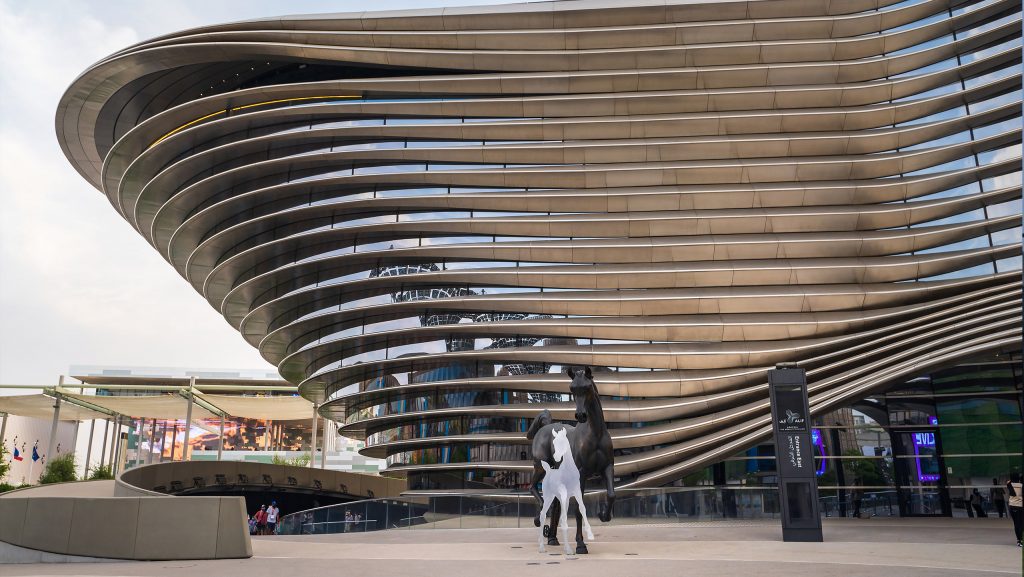Engineering
Comprehensive
perform
Engineering firms are the backbone of modern infrastructure, transforming innovative ideas into real-world solutions. From bridge designs to energy-efficient systems, their work powers industries and reshapes our cities.
The R&D Tax Credit rewards these efforts by providing significant financial incentives for research, development, and technical innovation. This allows firms to reduce their tax burden and reinvest in future projects.
Tax Smarter. Build Better.
Engineering projects often involve complex systems that require precise planning and execution. This includes Programming Logic Control (PLC programming), drainage system design, and fluid dynamic analysis, as well as the development of alternative heating and cooling systems and the design of ventilation, plumbing, piping, and refrigeration systems. These foundational elements are critical for ensuring efficiency, reliability, and safety in modern infrastructure.
Additionally, engineers are tasked with developing alternative structural designs and creating innovative bridge and roadway structures. They also focus on sustainable solutions, including wastewater treatment plant designs and the design of innovative sanitary sewer systems for new residential communities, ensuring long-term environmental resilience and public health.
01. Case Study
The company provided structural engineering services for the construction of a 500-foot-wide parking garage, which included a gym and retail space on the first floor. This mixed-use design required a creative approach to ensure structural integrity while accommodating the additional weight and foot traffic.
02. Case Study
A building undergoing significant renovations required extensive electrical and HVAC upgrades. The project presented several technical challenges, prompting the engineering team to assess the feasibility of reusing the existing heat pump system and potentially integrating additional heat pumps to meet updated performance requirements.
In addition to evaluating the overall HVAC system, the team conducted a separate analysis of the Linear Accelerator and Computed Tomography (CT) Scanner. This detailed assessment allowed them to design customized solutions that met both manufacturer specifications and client expectations, ensuring seamless integration and optimal performance.
03. Case Study
The company took on a project to design and develop a solar panel system for a new low-income housing community. The primary goal was to create an energy-efficient solution with a minimal physical footprint, ensuring the system would be both cost-effective and environmentally friendly.
To achieve this, the team evaluated different panel sizes and quantities, using advanced modeling software to calculate the optimal angle for each panel. This approach allowed them to maximize energy production while minimizing space requirements, resulting in customized solar solutions for each townhome in the project.


